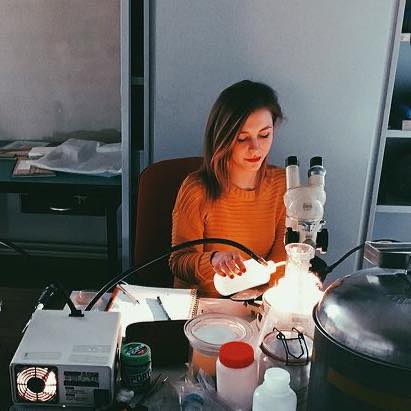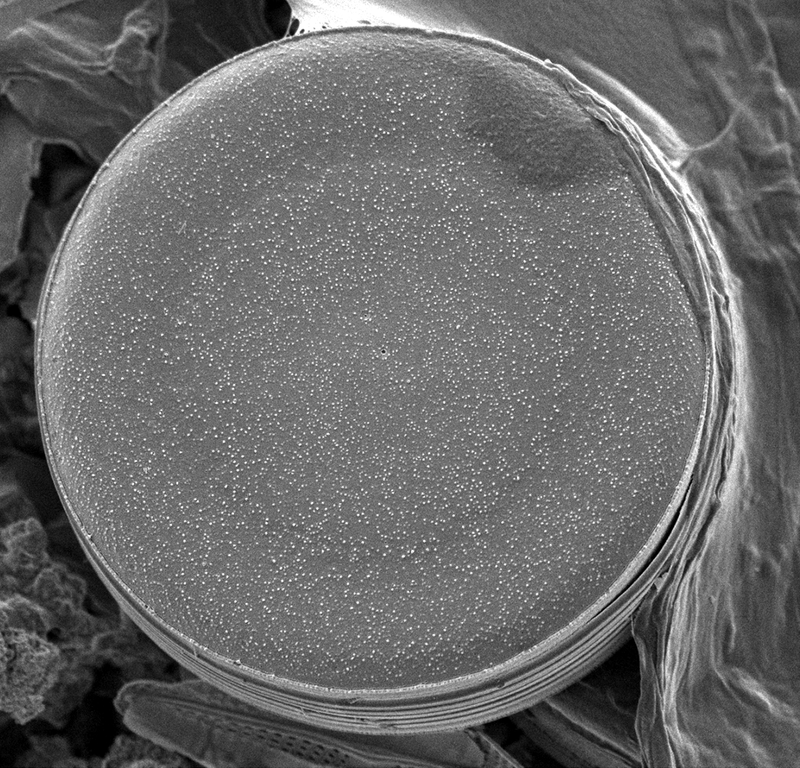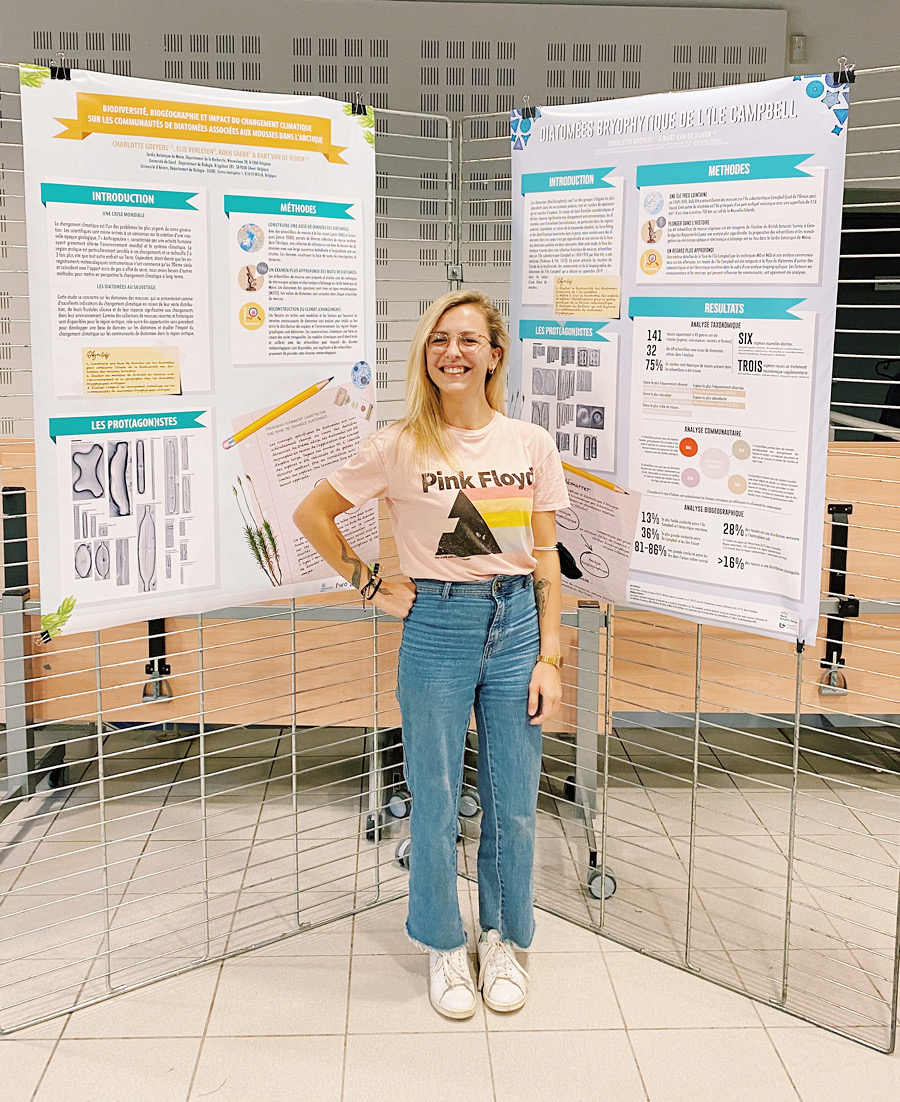Charlotte Goeyers
| PhD Student (FWO fellow) Biologist Science journalist Contact: charlotte.goeyers@plantentuinmeise.be Google Scholar | ResearchGate | ORCID | Twitter | |
 |
As a biologist, I'm committed to find out how the natural world works. In my research, I focus on a tiny niche of that world: single-celled algae called 'diatoms', which are only visible through a light microscope and have an unlimited range of applications. In spite of their minuscule size, diatoms are key players in the functioning of the Earth's biosphere, the layer of the planet that harbours life. It is estimated that diatoms produce up to 25% of the oxygen worldwide and convert the same amount of CO2 into organic carbon, thereby acting as an important carbon sink. This is more than all of the world's rainforests combined. As a science journalist, I love communicating about the natural world in a way that everyone understands. I'm passionate about the microscopic world, storytelling, reading, art and space and love to encourage everyone with a passion for science to follow his/her heart and go for a career in STEM (Science, Technology, Engineering & Mathematics).
Research
Scientists agree that we live in the Anthropocene today, a new geological epoch in which human activity has altered the climate system profoundly. Since the beginning of the Industrial Revolution, we have released an unseen amount of greenhouse gases to the atmosphere, which led to global warming. The Arctic is one of the most sensitive regions to this change and warms up three times faster than any other region on the planet. Since official weather records only began in the 20th century and coincide with the increased input of greenhouse gases, we need other methods to assess long-term climate change and its impact.
To study climate change in the Arctic, I use diatoms that live in moss. Because of their glass cell walls, diatoms preserve very well in historic (and recent) moss collections, making them the perfect proxy for my research. The mosses I work with were collected through time across the Arctic and are preserved in several museums and scientific institutes around the world. Equipped with a light and electron microscope, I research which diatom species can be found in those mosses and I explore which environmental factors (moisture, pH, salinity, temperature, etc.) shape the Arctic diatom communities. With this data, I build climate models to reconstruct past climate change and predict future climate change in the Arctic.
Degrees
- MSc Evolution & Behaviour Biology, UAntwerpen, 2020
- BSc in Biology, UHasselt, 2018
- Bachelor of journalism, PXL, 2015
 |
 |
 |



